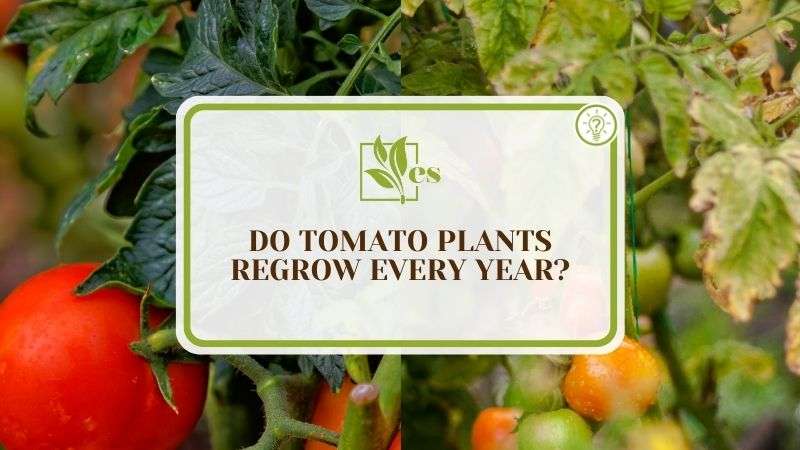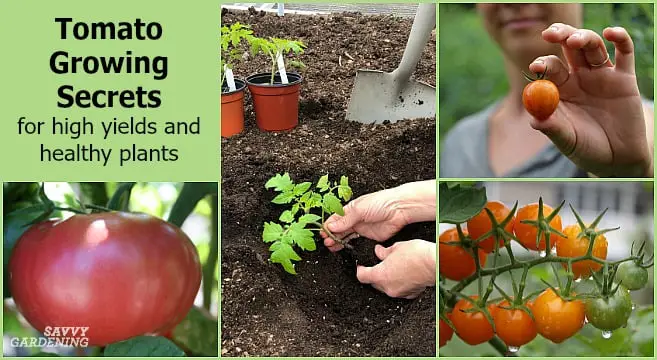In the realm of horticulture, the question of whether tomatoes will grow from last year’s plant stands as an intriguing enigma that captivates both amateur gardeners and seasoned experts alike. This article aims to unravel this botanical mystery by examining the factors that influence the regrowth of tomatoes from previous year’s plants. Delving into the intricate workings of plant physiology, this piece will explore the conditions required for successful regeneration, shedding light on the potential of these splendid red fruits to make a triumphant return year after year.
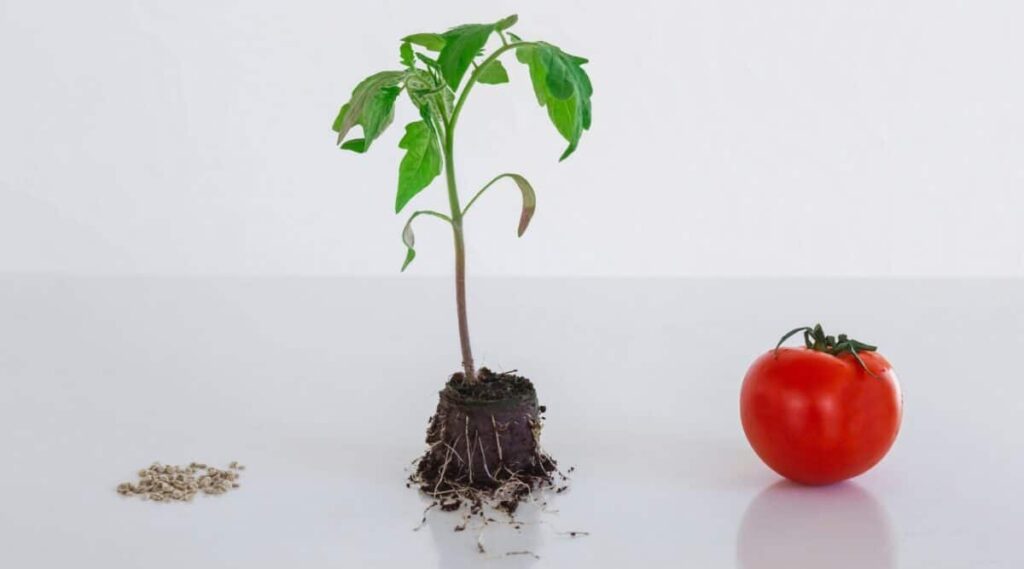
Factors that Determine Tomato Regrowth
Climate and Weather Conditions
The climate and weather conditions play a crucial role in determining the regrowth of tomatoes from last year’s plant. Tomatoes are warm-season plants and require specific temperature ranges for optimal growth. The ideal temperature for tomato growth is between 60 and 85 degrees Fahrenheit. If the climate in your region falls within this temperature range and provides adequate sunlight, the chances of tomato regrowth are higher.
However, extreme weather conditions can negatively impact tomato regrowth. Frost, for example, can cause severe damage to tomato plants, leading to wilted or dead foliage. Similarly, excessively hot temperatures can result in sunscald or heat stress, impeding the plant’s ability to regrow. Therefore, it is essential to consider the prevailing climate and weather conditions in your area when expecting tomatoes to regrow from last year’s plant.
Plant Health and Vigor
The health and vigor of the plant are also significant factors in determining tomato regrowth. A plant that is in good health and possesses robust vigor has a higher likelihood of regenerating itself. Plants suffering from disease or nutrient deficiencies may struggle to regrow effectively. It is crucial to ensure that the tomato plant remains healthy by providing it with proper care, such as regular watering, appropriate fertilization, and protection against pests and diseases.
Practicing good plant hygiene and promptly addressing any signs of disease or nutrient deficiencies can greatly enhance the plant’s chances of regrowing from last year’s plant. Regular monitoring, proper pruning, and adequate nutrition are key aspects of maintaining plant health and promoting regrowth.
Pruning and Maintenance
Pruning and maintenance are vital activities that influence the regrowth of tomatoes from last year’s plant. Pruning involves selectively removing certain parts of the plant to improve overall health, shape, and productivity. By selectively pruning branches and removing dead or diseased foliage, you encourage the plant to allocate its resources more effectively, leading to new growth.
Pruning also allows better airflow and sunlight penetration into the plant, reducing the risk of diseases and promoting overall plant health. Additionally, proper maintenance practices, such as removing weeds, securing the plant with stakes or cages for support, and regular inspection for pests, also contribute to optimal regrowth.
Proper Nutrient Balance
Attaining a proper nutrient balance is crucial for tomato regrowth. Tomatoes are heavy feeders and require essential nutrients, including nitrogen, phosphorus, and potassium, to thrive. These nutrients play vital roles in the overall growth, development, and productivity of the plant.
Ensuring a well-balanced and appropriate fertilization regimen is essential for stimulating regrowth. It is recommended to conduct a soil test to determine the nutrient content and pH level of the soil. Based on the results, you can adjust the fertilizer application accordingly to provide the necessary nutrients for regrowth. Attention must be given to avoid over-fertilization, as it can lead to nutrient imbalances and harm the plant’s ability to regrow effectively.
Pollination
Pollination is a key factor in determining tomato regrowth. Tomatoes are typically self-pollinating, with the flowers containing both male and female reproductive organs within the same flower. However, external factors such as wind, insects, or manual intervention play a crucial role in transferring pollen between flowers and promoting fruit set.
If adequate pollination does not occur, the fruits may not develop fully or may not develop at all. Therefore, it is essential to ensure proper pollination through the presence of pollinators, such as bees or by gently shaking the plants to facilitate pollen transfer. Adequate pollination enhances the chances of successful tomato regrowth from last year’s plant.
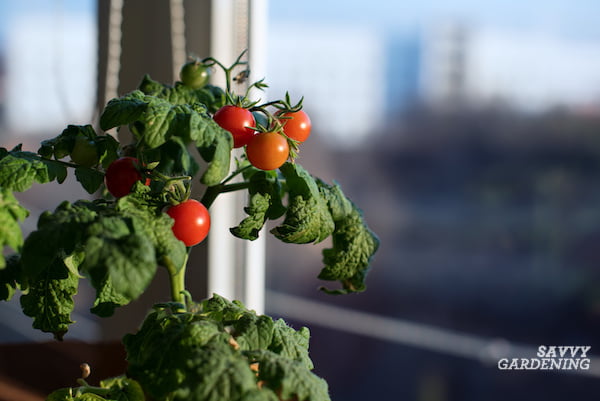
Steps to Encourage Tomatoes to Regrow
Prepare the Soil
To encourage tomatoes to regrow from last year’s plant, it is important to prepare the soil properly. Start by removing any weeds or debris from the planting area. Weeds can compete with the tomato plants for nutrients, water, and sunlight, hindering their regrowth. Clearing the area of any obstacles ensures that the tomato plants have optimal conditions for growth.
Additionally, amending the soil with organic matter, such as compost or well-rotted manure, can improve its fertility and overall structure. Organic matter enhances moisture retention, nutrient availability, and microbial activity in the soil, which are all essential for promoting regrowth.
Remove Last Year’s Plant
Before expecting tomatoes to regrow, it is crucial to remove last year’s plant. The remnants of the old plant, including any remaining foliage or decaying matter, can harbor pests and diseases, posing a threat to the new growth. By removing last year’s plant, you eliminate any potential sources of infection and create space for healthy regrowth.
Properly dispose of the old plant material by either burying it deep in the soil or disposing of it in a compost pile away from the garden area. This way, you minimize the risk of spreading diseases and ensure a clean environment for the new tomato plants to thrive.
Provide Adequate Support
Tomato plants typically benefit from proper support systems, particularly indeterminate varieties that tend to grow tall and sprawling. Providing adequate support helps maintain the plant’s structure, prevents branches from breaking, and promotes better airflow and light penetration.
Common support methods include staking or caging the plants. Staking involves driving a sturdy stake into the ground near the plant and tying the main stem to the stake as it grows. Caging, on the other hand, involves placing a wire or metal cage around the plant to provide support from all sides. Properly supporting the plants during their regrowth ensures better growth, healthier fruit development, and easier maintenance.
Watering and Fertilizing
Watering and fertilizing are essential steps to encourage tomato regrowth. Tomatoes require consistent moisture levels to grow well. Regular watering, especially during dry periods, helps prevent plant stress and maintains optimal growth conditions.
It is crucial to water tomatoes deeply, allowing the water to penetrate the soil and reach the roots. However, it is equally important to avoid overwatering, as excessive moisture can lead to root rot and other diseases. The frequency of watering depends on various factors such as soil type, weather conditions, and plant size. Therefore, it is essential to monitor the soil moisture levels and adjust the watering accordingly.
In addition to watering, providing adequate nutrients is crucial for promoting regrowth. Applying a balanced fertilizer or organic amendments rich in nitrogen, phosphorus, and potassium can provide the necessary nutrients for healthy regrowth. Follow the recommended application rates and timing to avoid nutrient imbalances or excesses.
Mulching the Area
Mulching the area around tomato plants is a beneficial practice to encourage regrowth. Mulch helps retain soil moisture, suppress weed growth, and regulate soil temperature. It acts as a protective layer, preventing excessive water evaporation from the soil surface and reducing temperature fluctuations that can stress the plants.
Common mulch materials include straw, grass clippings, wood chips, or compost. Apply a layer of mulch around the base of the plants, ensuring not to place it too close to the stems. Mulching provides a favorable environment for root development and helps conserve moisture, facilitating better regrowth of the tomato plants.
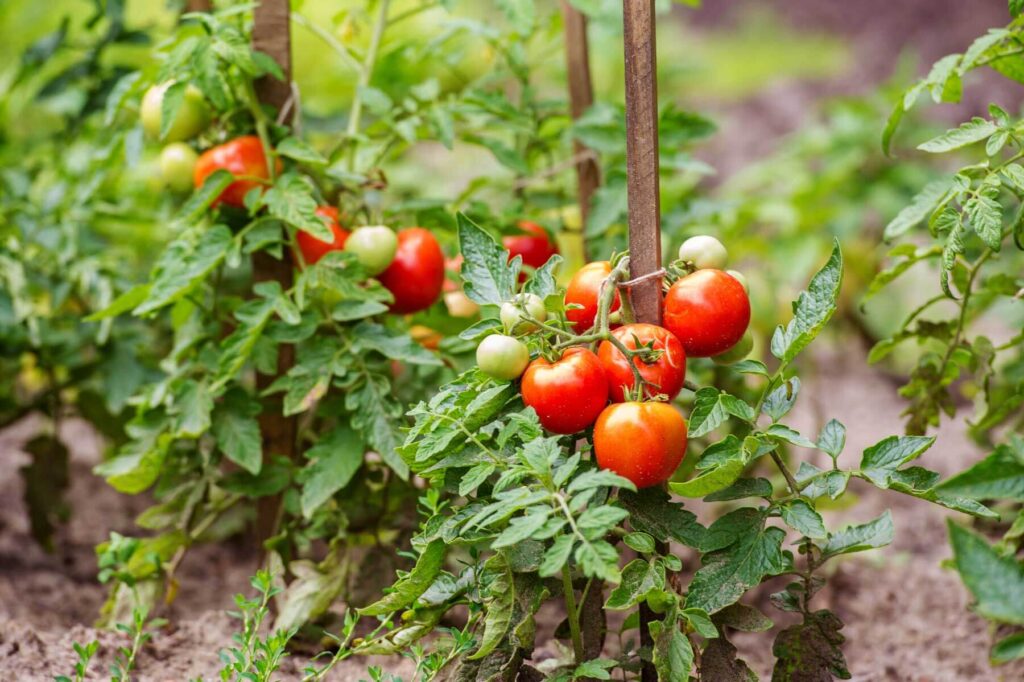
Potential Issues with Regrowth
Disease and Pest Infestations
Disease and pest infestations pose potential challenges to tomato regrowth. Common diseases that affect tomatoes include fungal infections, such as early blight and late blight, bacterial diseases like bacterial canker, and viral diseases like tomato yellow leaf curl virus. These diseases can cause stunted growth, wilting, leaf discoloration, and fruit rot, hindering the plant’s ability to regrow effectively.
Similarly, pests like aphids, whiteflies, and tomato hornworms can damage the foliage, weaken the plants, and diminish their regrowth potential. Regular monitoring, prompt identification, and appropriate disease and pest management practices are vital to minimize these issues and ensure successful regrowth.
Genetic Variability
Another potential challenge with tomato regrowth is genetic variability. Tomato plants grown from seeds collected from last year’s fruits may exhibit variations in traits due to cross-pollination. The resulting plants may not necessarily possess the same characteristics as the parent plant, affecting their growth patterns, fruit quality, and overall regrowth potential.
To minimize the impact of genetic variability, consider growing tomatoes from reliable, disease-resistant hybrid seeds or seedlings purchased from reputable sources. These varieties are bred to exhibit desirable traits and are less prone to disease or genetic variations, increasing the chances of successful regrowth.
Weed Competition
Weed competition can impede tomato regrowth by competing for essential resources such as nutrients, water, and sunlight. Weeds can outcompete the tomato plants, slowing down their growth, and reducing their chances of successful regrowth.
Regular weeding and use of mulch help suppress weed growth and give the tomato plants a competitive advantage. By removing weeds in a timely manner and maintaining a weed-free environment, you can minimize the negative impact on regrowth and optimize the tomato plant’s performance.
Lack of Proper Pruning
Failure to perform proper pruning may hinder tomato regrowth. Without adequate pruning, the plant may become dense and bushy, limiting airflow and sunlight penetration. This can create a conducive environment for diseases to thrive, hinder nutrient uptake, and affect the overall vigor of the plant.
Pruning should be done selectively to remove dead or diseased foliage, promote better airflow, and manage the plant’s size and shape. Regularly inspect the plants and prune accordingly to ensure optimal conditions for regrowth.
Inadequate Pollination
Inadequate pollination can affect tomato regrowth as it directly impacts fruit set and development. If insufficient pollination occurs, the fruits may remain small or fail to develop completely. Factors such as low pollinator activity, adverse weather conditions, or limited flower availability can contribute to poor pollination.
To encourage proper pollination, create a pollinator-friendly environment by planting bee-friendly flowers, avoiding the use of pesticides harmful to bees, and gently shaking the tomato plants to facilitate pollen transfer between flowers. These practices can enhance the chances of successful regrowth by ensuring adequate pollination.
In conclusion, various factors influence tomato regrowth from last year’s plant. Climate and weather conditions, plant health and vigor, pruning and maintenance, proper nutrient balance, and pollination all play significant roles. By following steps to prepare the soil, removing last year’s plant, providing adequate support, watering and fertilizing appropriately, and mulching the area, you can encourage tomato plants to regrow successfully. However, potential issues such as disease and pest infestations, genetic variability, weed competition, lack of proper pruning, and inadequate pollination may pose challenges to regrowth. By addressing these challenges through regular monitoring, prompt intervention, and good gardening practices, you can maximize the chances of tomato regrowth and enjoy a bountiful harvest.
